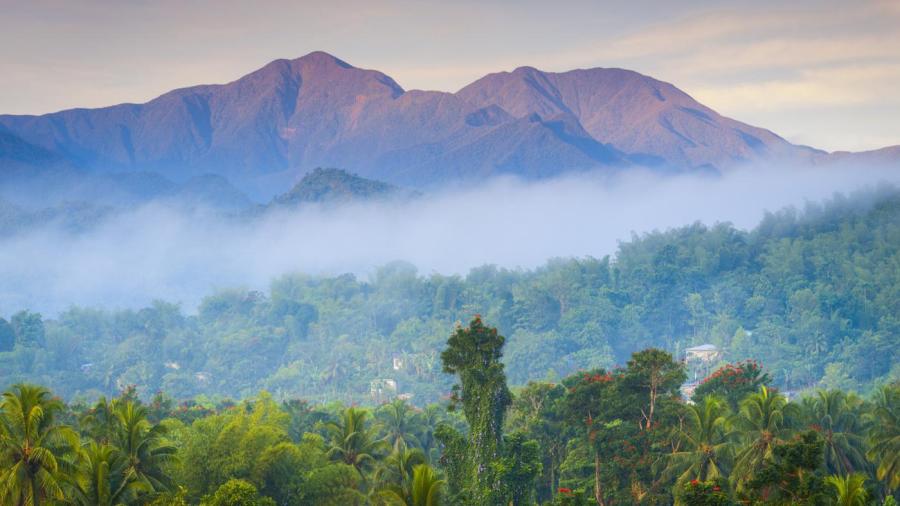What Are the Physical Features of Jamaica?

The physical features of Jamaica include mountains, volcanoes, hills, valleys and a coastal plain. Its mountainous terrain is due to the fact that Jamaica lies on the tip of an oceanic mountain and is the product of ancient volcanoes.
The geography of Jamaica is divided into three areas. The first area, the Blue Mountains, is located at the eastern side of the island and runs from the northwest to the southeast. These spikes of metamorphic rock reach between 5,900 and 7,400 feet high and are well known for their steep angles.
The second geographical area is the limestone plateau, which is made up of the John Crow Mountains, the Dry Harbour Mountains and the Manchester Plateau. The limestone produces distinct karst landscapes that are characterized by dramatic rock formations, caves, sinkholes, caverns and terra rosa-colored soils. The best example of karst formations in the country is the Cockpit Country. The limestone plateau is accompanied by equally dramatic valleys and basins. The largest basin in the country, the Vale of Clarendon, is 50 miles long and 20 miles wide.
The third area of Jamaica is the coastal plains. This area is narrow and rugged along much of the country, although the northern coast has some white sand beaches.





